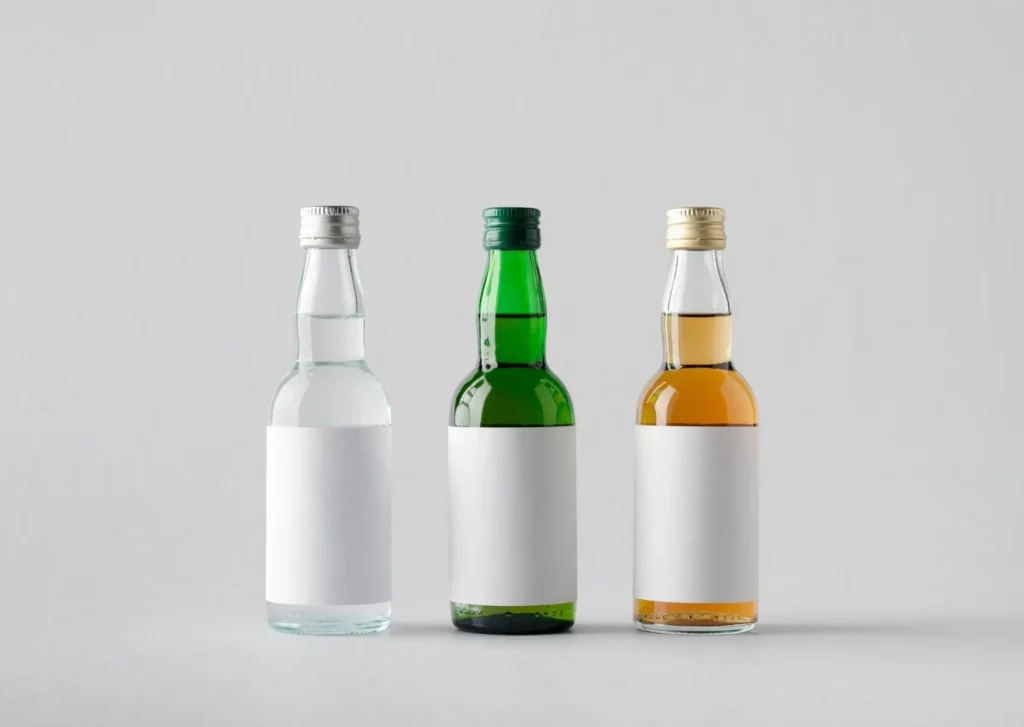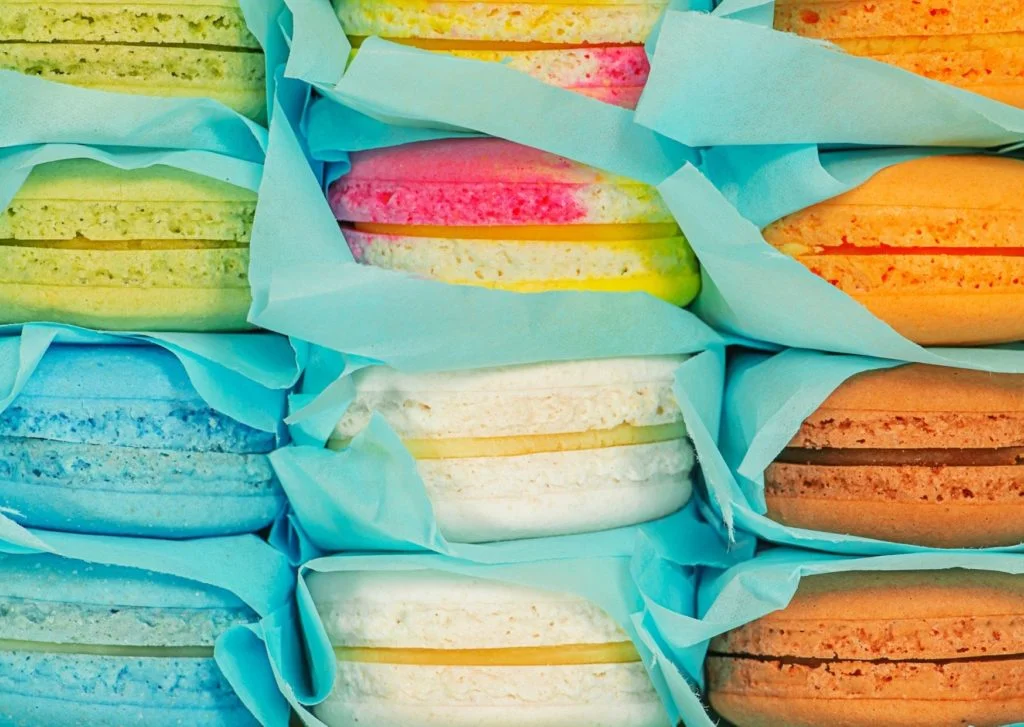How to Leverage Your Brand Assets
What do you think of when you see a half bitten white apple? Or what about a golden M? A glass soda bottle with a red label?
If you instantly thought of Apple, McDonald’s and Coca-Cola then you’re not the only one. These are all examples of brilliant brand assets. It’s not just a symbol, but it is a whole range of branding in a complete package. It’s the colour, the shapes, the feeling and even the jingle.
What differs your brand assets from a simple design is that your brand asset is wholly unique to your business. It’s something that if a customer saw it they would only think of your brand. There’s a reason you don’t see fizzy drinks with red labels — it’s already been done.
Think of your brand asset as your calling card. Something that makes someone think only of you.
What Makes a Great Brand Asset?
A brilliant brand asset doesn’t just magically appear — it has to be carefully designed. To begin you need to ask yourself these questions:
What is the story of my business?
Who is my target audience?
How is my brand unique?
By asking yourself these questions you can identify the key ideas that can go into your brand asset creation. It can be as simple as creating a compelling logo that sums up your brand, or it can be as complex as the shape and design of your packaging.
A great example of brand assets can be found on the liquor shelf. Notice how every bottle is shaped differently. We bet you can tell the Chambord from the Jägermeister just from the bottle alone. You can probably even picture them in your mind. When you see that unique glass bottle you don’t think of another brand. That’s a great brand asset.
Take Stock of What You Have
Have a look at what brand assets you already have. From colour to font choice, if every item does not spark a connection to your brand it can be cut or reworked. A great test here is imagining your product on the shelf with your competitors. Does your stand out? If it blends in with the competition then it’s not a brand asset.
Think of the Aussie classic Vegemite — with it’s bright yellow and red packaging and distinctive jar shape there’s no way that it can blend into the supermarket shelves.
There’s also a great example of what not to do here — we all still remember the national outcry at iSnack 2.0. Don’t go changing your brand just to fit in with a trend. You want brand assets that customers can forge a connection to. Even if the Vegemite redesign was a total disaster it does a great job at illustrating just how customers forge an emotional connection with brand assets.
How to Use your Brand Assets Effectively
So you have a killer range of brand assets — now it’s time to use them.
The most important rule here is being consistent. Have a clear set of brand guidelines to make sure that across every single channel your branding is the same. Have a guide for fonts, colour, typography and placement to make sure that it aligns with your brand — this includes your brand’s tone of voice. Having a consistent brand image across all channels is key in creating consumer trust and confidence.
Creating great brand assets doesn’t just happen overnight — it’s a process. Through clear and consistent use you can create an emotional connection between your brand and customers ensuring that time and time again they will keep coming back to your business.
Additional Readings: designrush


